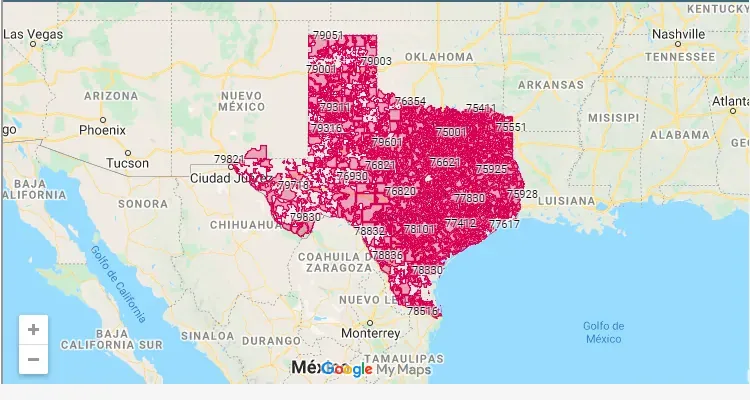EEUU » TEXAS » NORTH-RICHLAND-HILLS

ZIP Code (Zip Code) - Representación de área del código postal de los correos de los Estados Unidos.
Código Postal EEUU - TEXAS - NORTH-RICHLAND-HILLS
ZIP Codes in North-richland-hills, TEXAS
Find complete information about all ZIP codes in North-richland-hills, Texas. Our interactive map shows the postal code boundaries and locations throughout the city.
North-richland-hills Postal Codes
The postal system in North-richland-hills is organized to efficiently serve both residential and commercial areas. Each ZIP code represents a specific delivery zone within the city limits.

| City | Name | Zip Code | Type | Population |
|---|---|---|---|---|
| North Richland Hills, TX | ACCEPTABLE | 76117 | STANDARD | 23.044 |
| North Richland Hills, TX | ACCEPTABLE | 76118 | STANDARD | 11.257 |
| North Richland Hills, TX | ACCEPTABLE | 76148 | STANDARD | 20.030 |
| North Richland Hills, TX | PRIMARY | 76180 | STANDARD | 48.925 |
| North Richland Hills, TX | PRIMARY | 76182 | STANDARD | 2.524 |
| City | Name | Zip Code | Type | Population |
|---|---|---|---|---|
| North Richland Hills, TX | ACCEPTABLE | 76117 | STANDARD | 23.044 |
| North Richland Hills, TX | ACCEPTABLE | 76118 | STANDARD | 11.257 |
| North Richland Hills, TX | ACCEPTABLE | 76148 | STANDARD | 20.030 |
| North Richland Hills, TX | PRIMARY | 76180 | STANDARD | 48.925 |
| North Richland Hills, TX | PRIMARY | 76182 | STANDARD | 2.524 |
Definitions of Status
- PRIMARY: Refers to the main name of the city, typically its official designation. Although the city might have an ACCEPTABLE alternative name, the primary name remains the official one.
- ACCEPTABLE: Indicates a suitable alternative city name. Commonly abbreviated city names are often listed as unacceptable because abbreviations are not considered an acceptable city name format.
- IMPROPER/NOT ACCEPTABLE: Denotes that an inappropriate city name was entered or received based on the provided information.
- UNIQUE: Assigned to a business, government agency, or entity with a significant mail volume. This designation depends on the average daily volume of letter-sized mail received, the availability of ZIP code numbers in the postal area, and a cost-benefit analysis by the postal service.